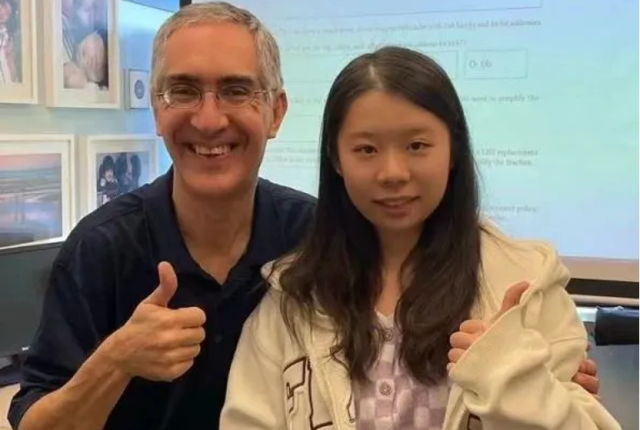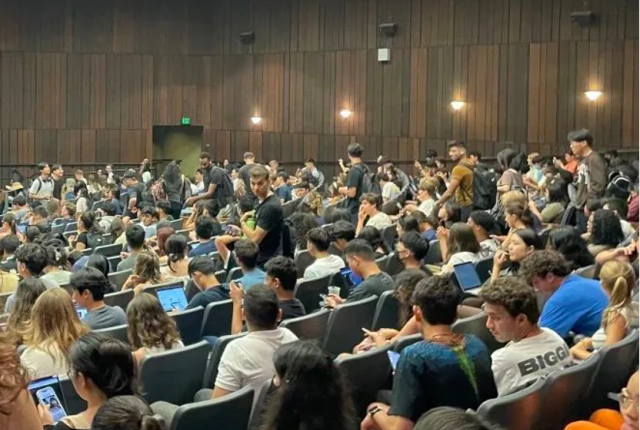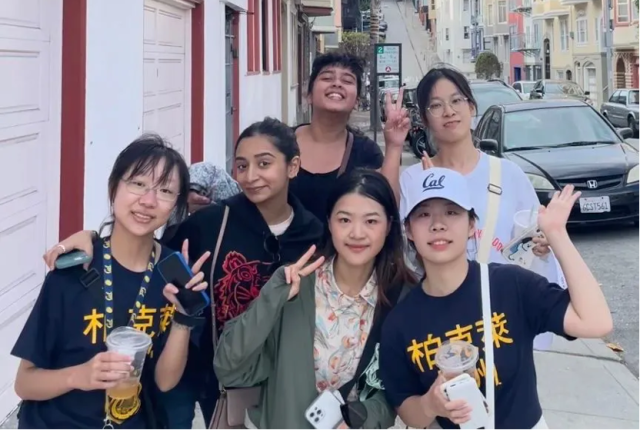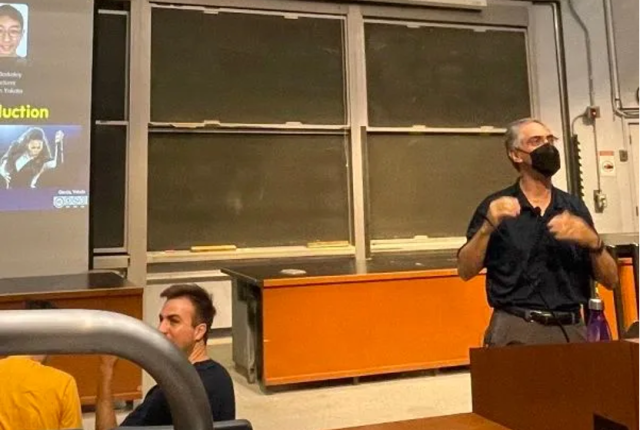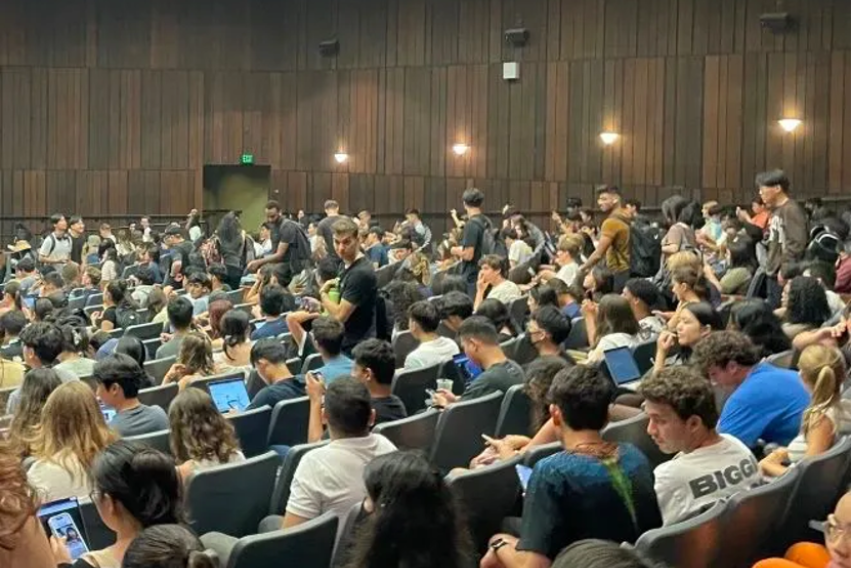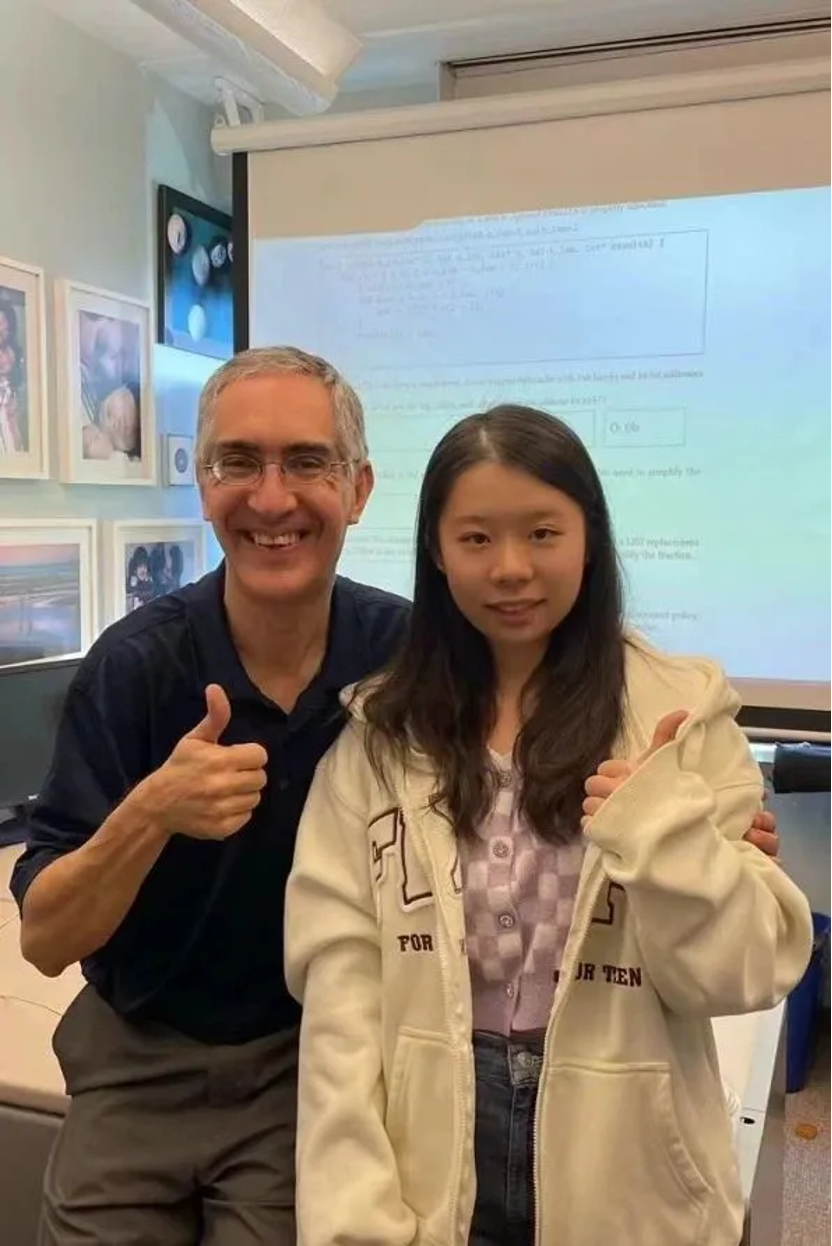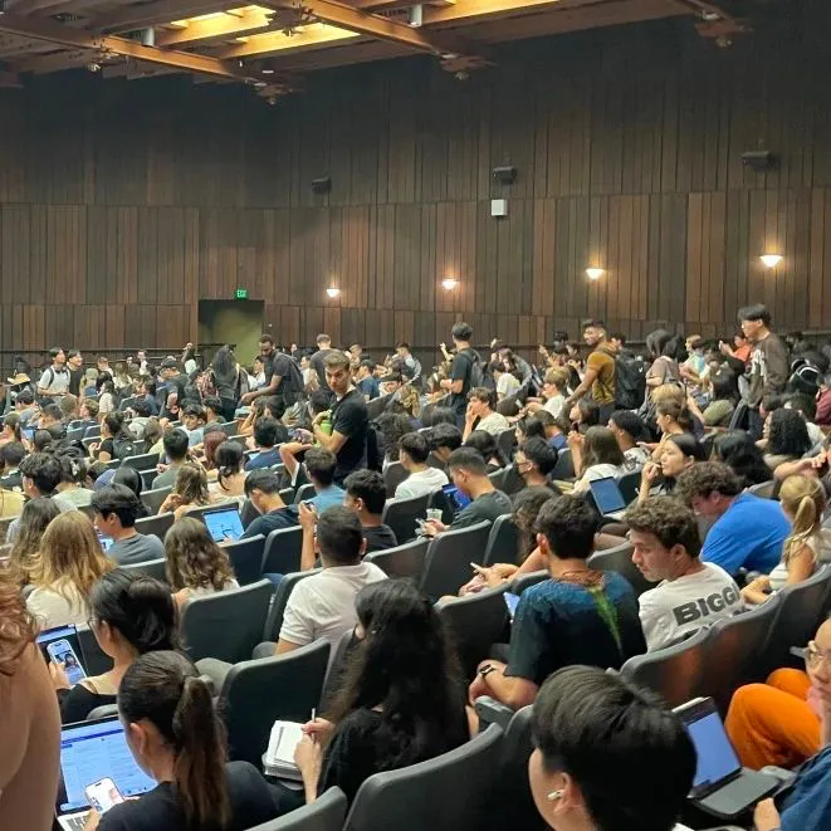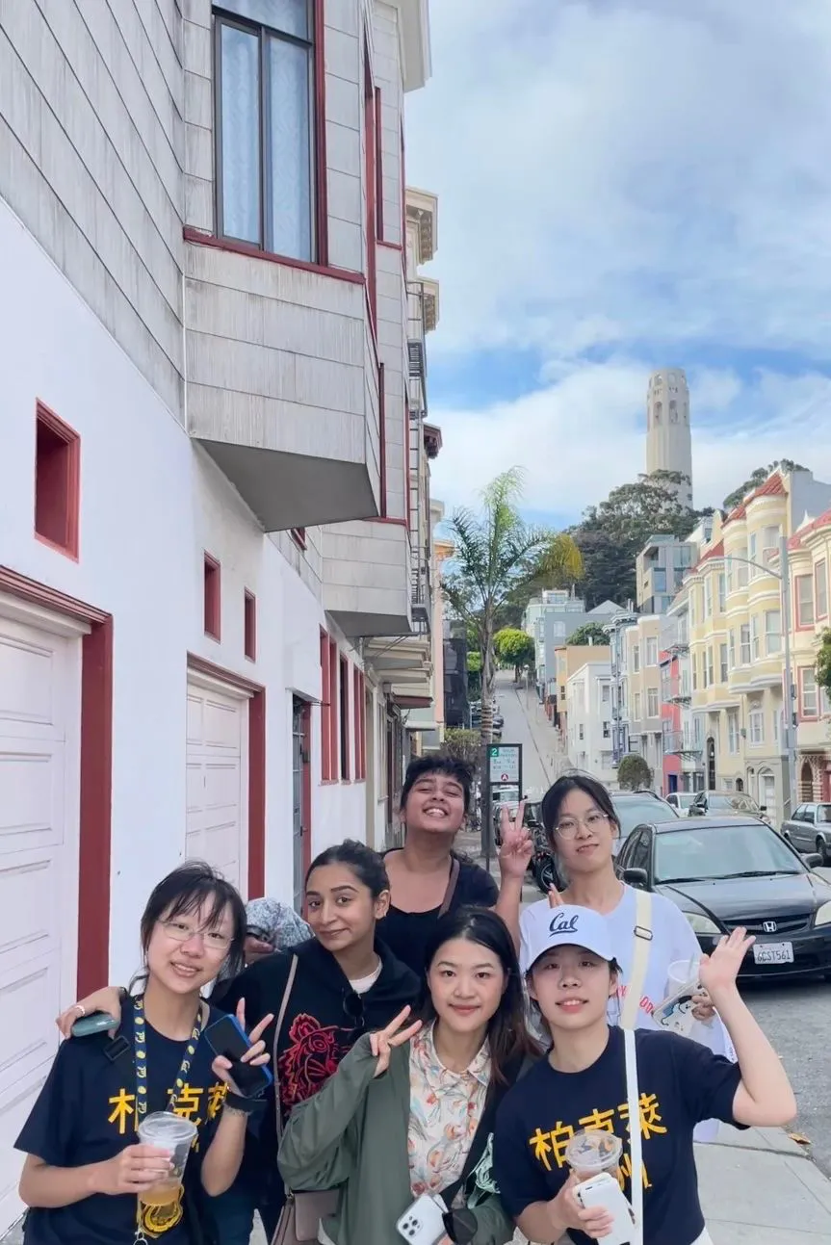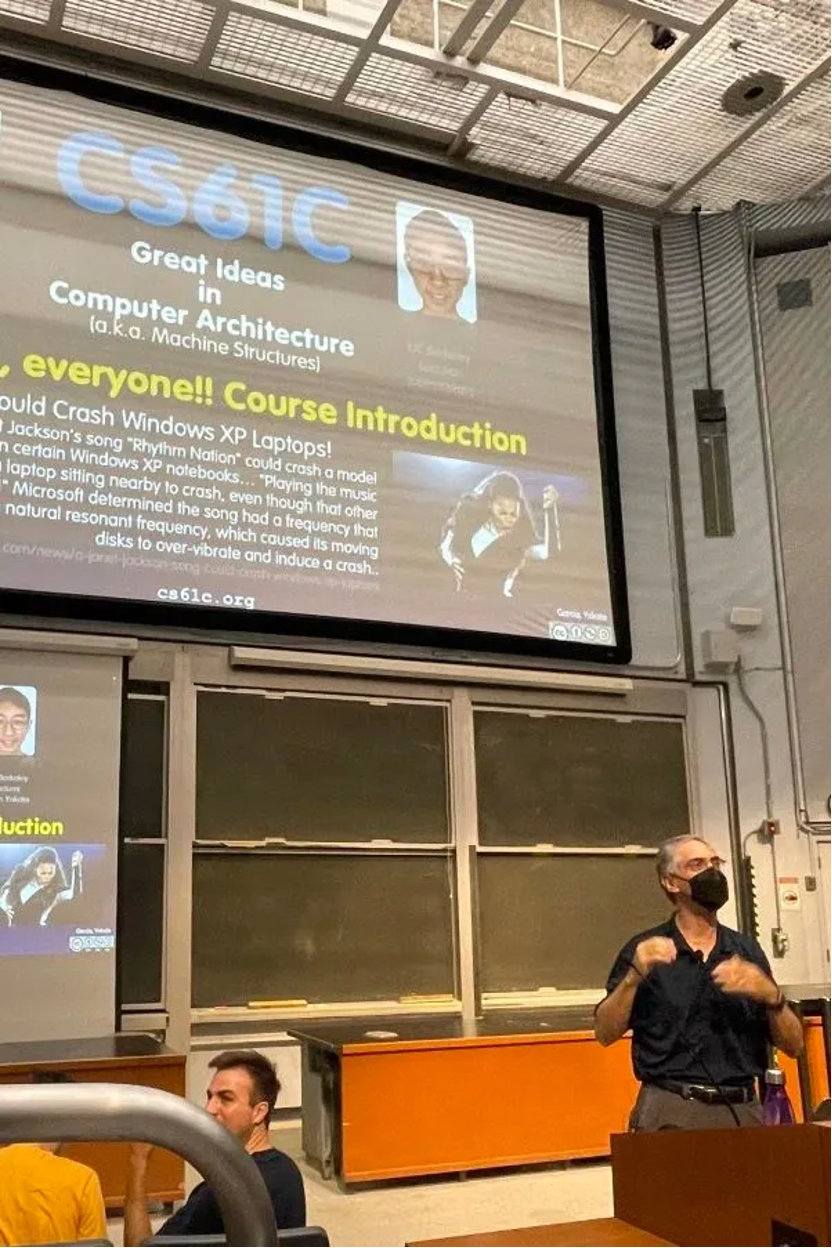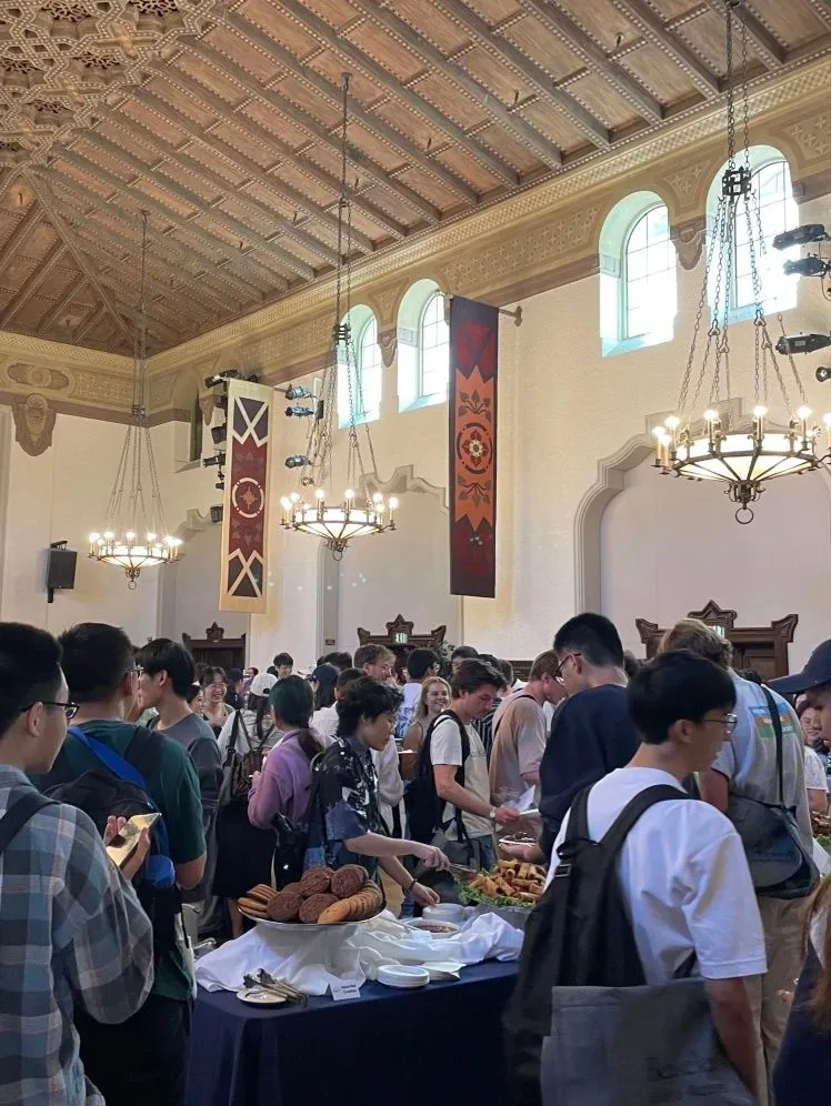In the first three weeks of school, it's essential for international students to finalize their course selections, considering factors like class capacity and credit transfer. This period can be challenging, requiring strategic planning and early engagement with professors and teaching assistants to secure suitable courses. Luckily, SAF China Global Ambassador, Jiang Zhiyao (江芝瑶) who goes by "Little J" shares her experience and tips for future students studying abroad at University of California, Berkeley below. Enjoy!
Course Selection Stage
The most important thing to do in the first three weeks of school is to confirm courses you want to select. Most visiting students not only need to consider the number of students allowed to attend a course, but also the credit transfer. Besides, they also hope to choose the courses and teachers they are interested in and achieve better academic results. In the meantime, we'll have to wait until Berkeley students finish their course selection before we know whether we choose a course successfully. I have to say that this period of time posed the biggest challenge I’ve ever faced apart from my final exams. At the beginning of course selection, I signed up for a total of 15 courses, and finally I successfully confirmed 4 courses which were relatively suitable for me. In this process, I have also accumulated some experience and strategies, which I hope will be helpful for you guys who are about to embark on your journey of studying abroad:
Overview of the First Day of Class
Usually, in the first class, the professor will introduce the teaching content of the whole semester, the class rules, the office hours, and the relevant arrangements for the visiting students. In addition to further understanding whether you are interested in the course content and whether the teacher's teaching style is suitable for you, you should also pay attention to relevant suggestions for course selection. If the professor mentions that there are too many students who want to select the course and that there are hundreds of people on the waiting list, or that the possibility to allow extra students to enroll in the course is low, then it means it’s very difficult to select the course successfully. Then it is recommended to adjust your course selection plan as early as possible and to look for alternative courses, and to spend more time and energy on the courses that are more possible to be selected successfully.
Working with the Professor and Course Assistants
Each course at Berkeley has its own course number and a separate course website with contact information for professors and teaching assistants. After confirming you have may select the course successfully, it is recommended to contact the professor or teaching assistant in time to get the corresponding assignment website. As for many courses, our class attendance and homework submission in the previous weeks will be taken into account when the professors finally consider who will be admitted into the course. At the same time, important notices will also be posted on these websites, and so it’s helpful for us to keep track of course selection if we join as early as possible. If you are unfortunately rejected, you can also try to continue to communicate with the professor or teaching assistant to express your strong intentions about taking the class, and they will do their best to provide help according to the situation you described.
Don't Forget!
In addition to the exclusive course website, there are also some course selection forums, campus websites and off-campus websites, on which you can see the evaluation of previous students on the professors, and you can also understand the specific information about the task amount and difficulty degree of the course.
Elements of a typical UC Berkeley Computer Course
A course is basically divided into three different forms:
- Lecture
- Discussion
- Lab
The Lecture is a traditional form of teaching by professors, taking about 3 hours per week, and the time is tight and the content is rich, but there will be a small amount of time for answering questions in class. Discussion is guided by the teaching assistant who will lead the students to complete the exercises related to the class content, so to make the class atmosphere more relaxed and active and provide more opportunities for interaction and question answering. Lab is like our computer practice course, which is also guided by the teaching assistant to carry out practical operations.
In addition, each course has abundant online and offline Q&A opportunities. The professors and teaching assistants will arrange weekly offline Q&A time, and each course also has a special online Q&A website for everyone to learn by discussing.
The time of learning always flies by, and the experience of studying here is really worth it. I hope you can choose the most suitable overseas exchange program according to your actual situation and spend the most precious period of time in your life.
